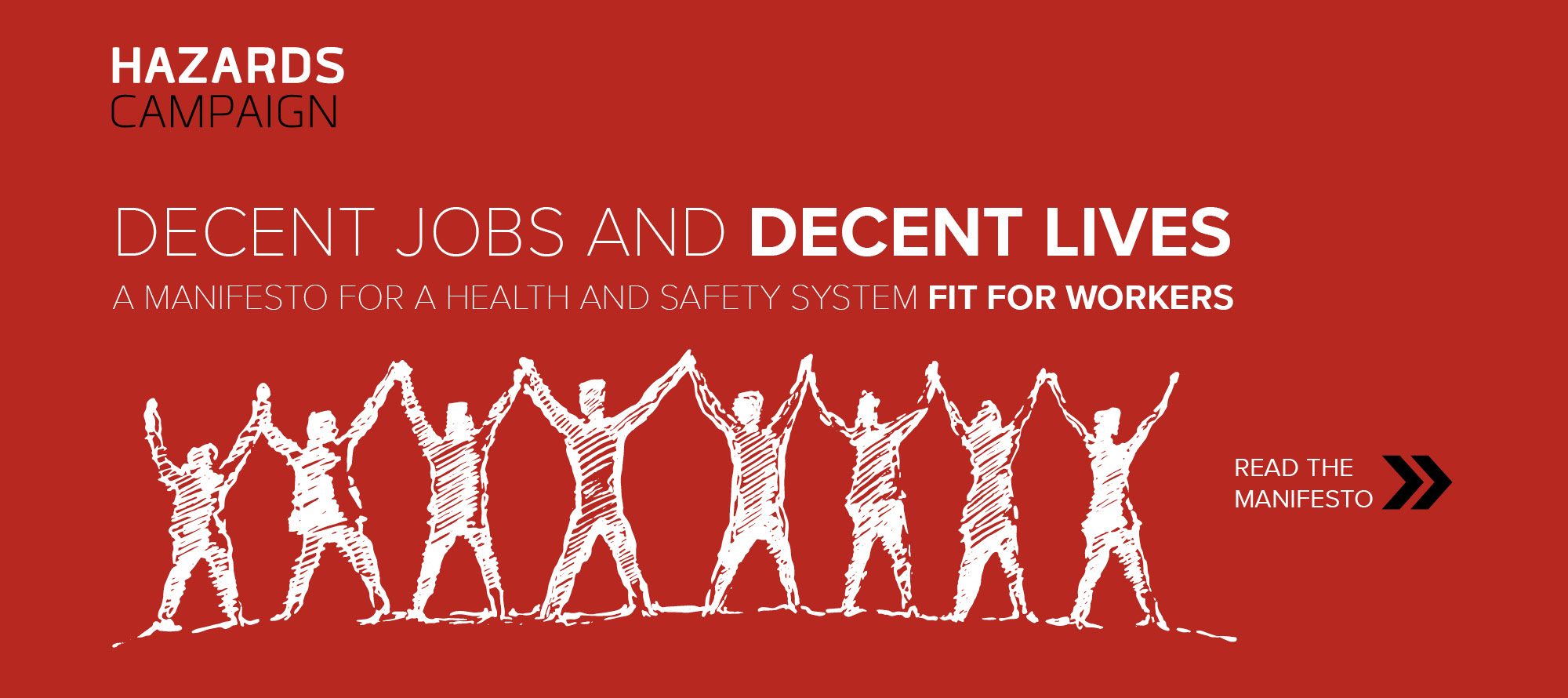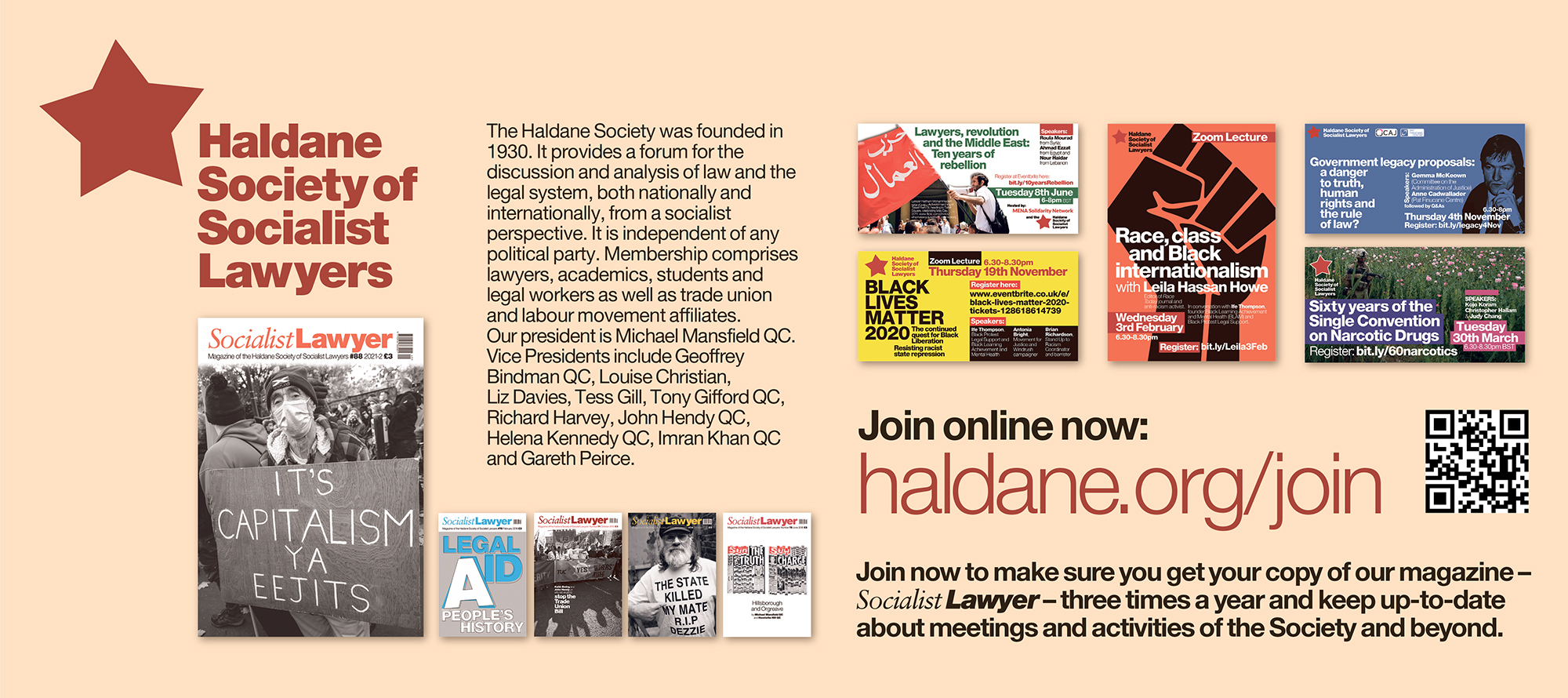10 June 2016
By Dr Eugene Hickland and Professor Tony Dundon
The Celtic tiger is dead … social partnership has collapsed … the Troika have been and gone … a new coalition government struggle to coexist amidst the aftermath of crisis and uncertainty. Despite these challenges, trade unions show remarkable resilience and a capacity for continuity in bargaining for their members and helping to protect some of the most vulnerable in society.
Introduction
Ireland endured a collapse in public finances and the International Monetary Fund (IMF) estimated that Ireland’s banking crisis was one of the most severe in world economic history. The Irish system of industrial relations has been significantly affected by the economic crisis. Ireland’s famous ‘Celtic Tiger’ boom and collaborative industrial relations model of social partnership came to a sudden and abrupt end in 2010. Along with other countries such as Greece, Portugal and Italy reported in the overall research project which which this blog is connected, Ireland was host to the ‘Troika’ of the European Central Bank (ECB), IMF, and European Union (EU) with a programme of financial ‘stabilisation’, or more properly a battery of cuts and austerity measures. As with the other ‘bailout’ countries, collective bargaining and employment regulations were targets for the deepest of the cuts, reflecting a general global neoliberal project underwriting the financialisation of capitalist accumulation. To be sure, the Troika helped cut wages (including a reduction to the minimum wage, since restored), reduce public welfare payments and services, and allowed employers to claim an ‘inability to pay’ agreed rates of pay in some of the most precarious and insecure of employment sectors (hotels, restaurants and hairdressing, among others).
The end of collaboration and partnership?
The collapse of social partnership, which had been in existence since 1987, removed centralised collective bargaining. The Irish government pursued a series of austerity measures including a cut to public employees’ wages of between 14 to 20% coupled with the unilateral imposition of taxes and levies on employee salaries. Yet, importantly, bargaining and social dialogue did not end. The result was as a mixture of new concession and survival bargaining strategies. In the private sector, employers realised they required worker and union support to manage through the crisis. In the public sector interim pay moderation deals were agreed (known as the Landsdowne Road, or New Public Sector Stability Agreement 2013-2018). One major change, however, has been a shift from centralised cooperative partnership to harder-nosed concession bargaining at the local and enterprise level, especially among private sector firms. In this regard trade unions have demonstrated, contrary to the general trend or expectation, remarkable resilience and further built coalitions to regain some ground on lost pay and conditions imposed during the Troika years.
Some key structural labour market reforms
The extent and scope of labour market change are nonetheless substantial. Two major (Troika dominated) reforms to Irish industrial relations will have an enduring, although as yet unclear, impact for the foreseeable future. First, the creation of a new Workplace Relations Commission (WRC) brings together a variety of bodies such as the Equality Authority and the Employment Appeals Tribunal under a new so-called streamlined organisation. While largely welcomed by unions and employers, there has, as yet, not been enough time to analyse if the WRC adequately addresses one of the main concerns in recent years, namely the capacity of the State to handle in both an efficient and equitable manner the volume of individual worker complaints.
The second major structural labour market change has occurred as a direct result of employer opposition to protected worker rights enshrined in a system of Joint Labour Committees (JLCs) and Registered Employment Agreements (REAs). Originally set-up in 1946, recent reforms have now deemed them as illegal entities. As a consequence, employee rights to protected wage rates have now been abandoned in favour of either employer goodwill, or simply determined by the whim of free market forces. REAs previously supported legally binding wages and terms and conditions across all employers in transient and often insecure labour market sectors; for example, construction. The JLCs were akin to the old UK Wage Councils who could set terms and conditions in low-pay industries where unionisation levels are traditionally low; for example in the likes of retail, restaurants and hotels. Even though revised legislation has re-established the merits of the JLC/REA support mechanism for precarious and lower paid workers, the system remains subject to employer legal challenges and changes inserted, at the behest of the Troika, such as the employers ‘ability to pay’ clause. The reality is this provides an opt-out for employers to argue they cannot pay a decent or real living wage. While the Irish government supports lower paid sector employers in areas such as food and hospitality with a privileged VAT rate of 9% (standard rate is 21%), costing the exchequer approximately €350 million per year, it is employers in this privileged sector who regularly refuse to enter any JLC/REA process while, at the same time, creating more low hours and minimum wage jobs than any other sector in the Irish economy.
Some trade union and employer resilience
Irish industrial relations reform has been substantial, to be sure. But it has also been something of a rather quiet yet innovative affair. For the most part, Irish trade unions and employers both hunkered down and continued to bargain, albeit with increased pressures and demands from employers. Of course some agreements were hard involving redundancy, pay freezes and other concessions. Nonetheless, trade unions continued to rebuild and organise at workplace level. Quietly, and under the radar of much Troika scrutiny, the largest union in Ireland (SIPTU) spearheaded a modest yet cumulatively impactful “2% pay-rise strategy” across the country. Initially targeted at employers in 2010 in private manufacturing, over 500 agreements had been negotiated with employers across other industries by early 2016. The importance of the SIPTU strategy was to re-establish effective union bargaining with a spill-over effect. By 2015, the 2% had become an established pay rise benchmark supported in Labour Court rulings, covering a multitude of other occupations and workers across the economy. In many ways, the SIPTU ‘2% pay-rise strategy’ demonstrated the wider coverage of collective bargaining in action. Indeed, it appears that the average projected private sector manufacturing pay is set to increase by around 2.8% in 2016, with 81% of firms planning to give a bonus to some or all of their employees.
A new political landscape: uncertainty or predictable IR reform?
However, a long shadow of global neo-liberalism and Troika-led reforms still loom large. There is a new changed political landscape in Ireland in the aftermath of the 2016 general election, with no political party having a majority. The Labour Party, the only party likely to support collective bargaining improvements and any genuine restoration of worker protections, is virtually nonexistent after spending its time in government as the minority force of austerity. The new coalition is led by the Christian Democrat Fine Gael party, supported by Independents who hail from an eclectic mix of the neoliberal right-wing to self-proclaimed socialists. The complexity of the new parliament makes for an uncertain future with regard to further labour market changes, although two specific policy developments are of immediate relevance.
The outgoing government set in motion a broadly welcome change in the form of new legal collective bargaining rights (Industrial Relations (Amendment) and Collective Bargaining Act 2015) and a Low Pay Commission. To date, the unions have brought three test cases, which could determine whether the 2015 Collective Bargaining Act is genuine or not. Of course the detail to any subsequent statutory bargaining arrangement will in all probability be met with sophisticated opposition, especially from the many non-union MNCs who operate in Ireland. The second policy development is the re-establishment of a Low Pay Commission, with a specific remit to investigate the prevalence of low paid women workers. The Commission endorsed, for the first time since 2009, an extra 50 cent per hour to the NMW to €9.15. Related is concern about precarious work practices and in particular the use of ‘zero-hours’ contracts. It appears from research by a team at the University of Limerick that while zero-hours contracts are not as extensive in Ireland as they are in the UK, there is a growing worry about what might be their Irish cousin, known as ‘if and when’ contracts. The Limerick research has contributed to an important public policy discourse concerning future bargaining and labour market issues in Ireland in a period post-crisis.
While there are some potentially significant policy developments related to bargaining and IR reform, the jury is still out however, until legal ratification is confirmed and new government policy objectives more firmly established.
Dr Eugene Hickland is a lecturer of Employment Relations in the JE Cairnes School of Business and Economics at National University of Ireland, Galway and Professor Tony Dundon is Professor of HRM & Employment Relations, Manchester Alliance Business School
The University of Manchester




